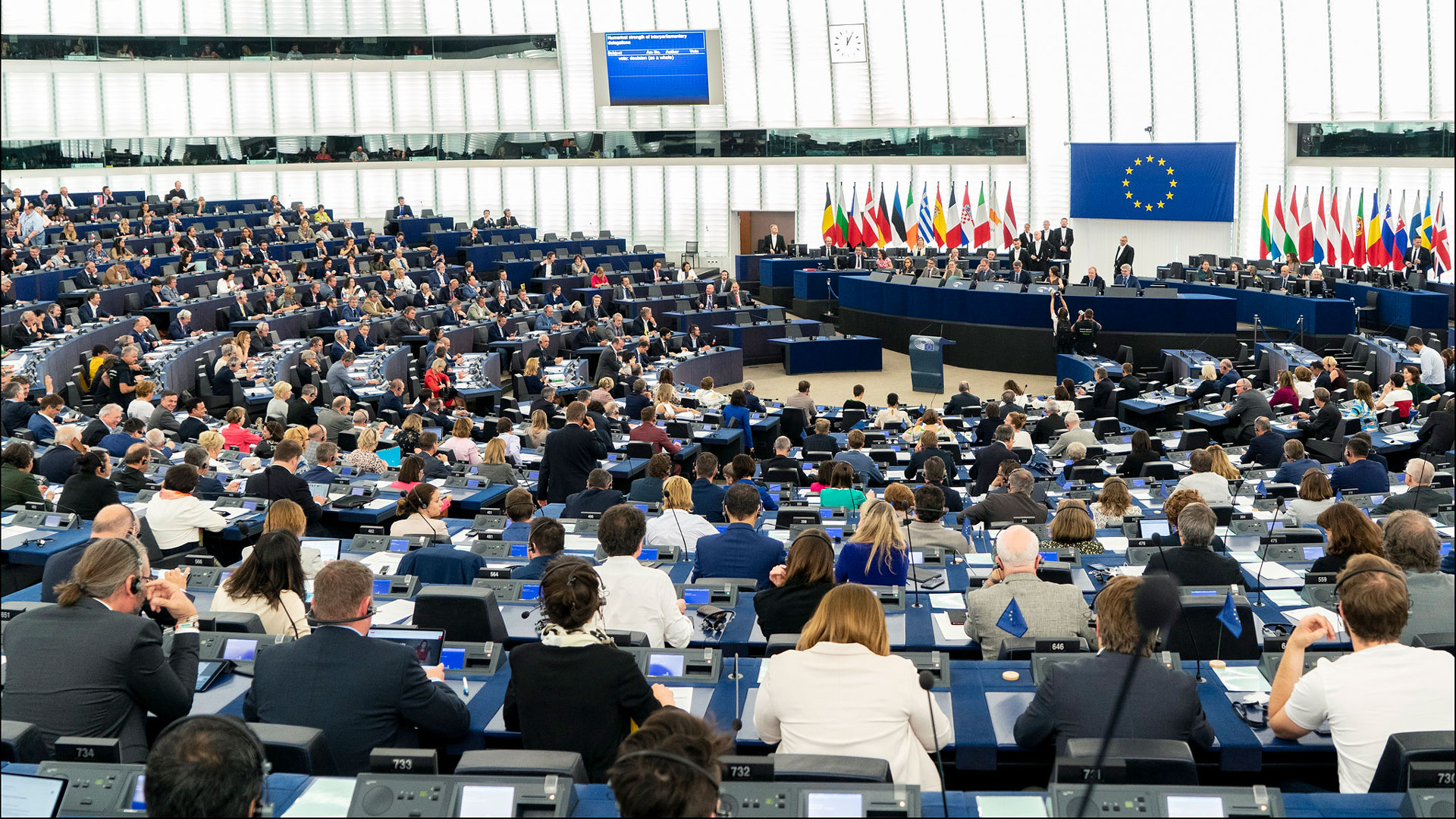In the wake of the Panama Papers, thousands of taxpayers around the world received notices from their respective tax authorities seeking clarifications, issuing fines, or requesting payment of taxes dodged.

But where do regulators draw the line between illegal tax evasion and (perhaps questionable but) permissible tax avoidance? In a new book, our reporting partners in India show how the Panama Papers subverted historical legal precedents and allowed authorities to peek behind the veil of secrecy.
The below is an excerpt from The Panama Papers: The Untold India Story of the Trailblazing Global Offshore Investigation, written by Indian Express journalists Ritu Sarin, Jay Mazoomdaar and P. Vaidyanathan Iyer, which goes behind the scenes of one of the biggest collaborative financial investigations in history.
–
A thin line — or, to quote former British chancellor of the exchequer Dennis Healey, “the thickness of a prison wall” — separates tax evasion, which is outright illegal, and tax avoidance, which may or may not be legal. In effect, tax avoidance is the art of ‘evading’ tax without breaking the existing laws. Indeed, the English court in 1936 laid it out emphatically in Inland Revenue Commissioners v. Duke of Westminster:
“Every man is entitled if he can to order his affairs so that the tax attaching under the appropriate Acts is less than it otherwise would be. If he succeeds in ordering them so as to secure this result, then, however, unappreciative the Commissioners of Inland Revenue or his fellow taxpayers may be of his ingenuity, he cannot be compelled to pay an increased tax.”
Ever since, across the globe, this legal position has guided the courts on tax cases as the Westminster principle. The Indian judiciary also took a similar view…
Over time though, legal views on the subject turned more skeptical. In McDowell & Co. Ltd. v. The Commercial Tax Officer (1986), the Supreme Court of India observed: “Tax planning may be legitimate provided it is within the framework of law. Colorable devices cannot be part of tax planning and it is wrong to encourage or entertain the belief that it is honorable to avoid the payment of tax by resorting to dubious methods.”
This came right after the House of Lords in the U.K. laid down what would be known as the Ramsay principle in WT Ramsay Ltd. v. Inland Revenue Commissioners (1982): “It is the task of the court to ascertain the legal nature of any transaction to which it is sought to attach a tax or a tax consequence and if that emerges from a series or combination of transactions intended to operate as such, it is the series or combination which may be regarded.”
Yet, businesses hidden in layers and layers of offshore obfuscation remained mostly secure because the regulator was not supposed to presume mischief or go fishing for evidence. If a document or transaction is genuine, held the Westminster principle, no court or regulator can go behind it to look for any supposed underlying substance. Only if a fraud is established can a court or regulator pierce the corporate structure, since fraud unravels everything — even a law, if it is a stumbling block — because no legislature intends to guard fraud. In such cases, the principle of lifting the corporate veil or the doctrine of (economic) substance over (legal) form can be applied.
This is where the Panama Papers investigation proved to be a game changer. In their sheer size and scope, the revelations enabled the regulators in India and across the world to step in and lift the veil of secrecy.
–
The Panama Papers: The Untold India Story of the Trailblazing Global Offshore Investigation was published in November by Penguin Random House India.






